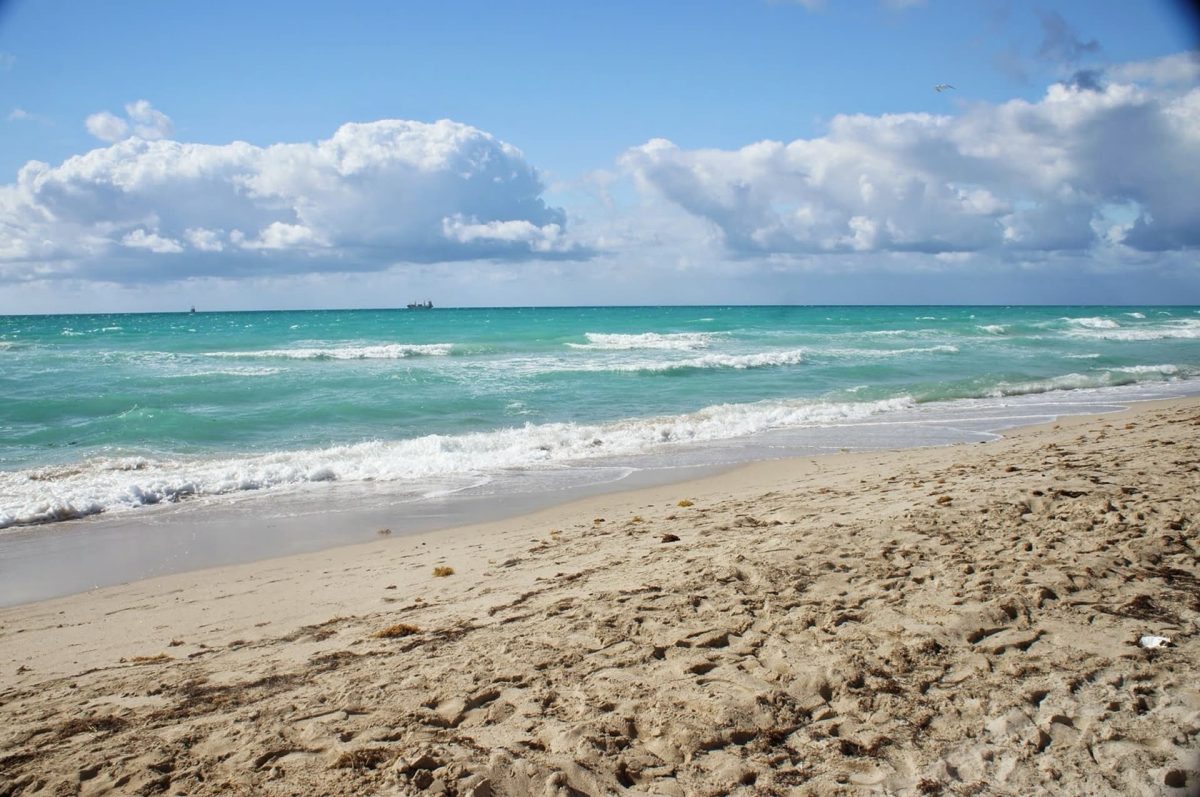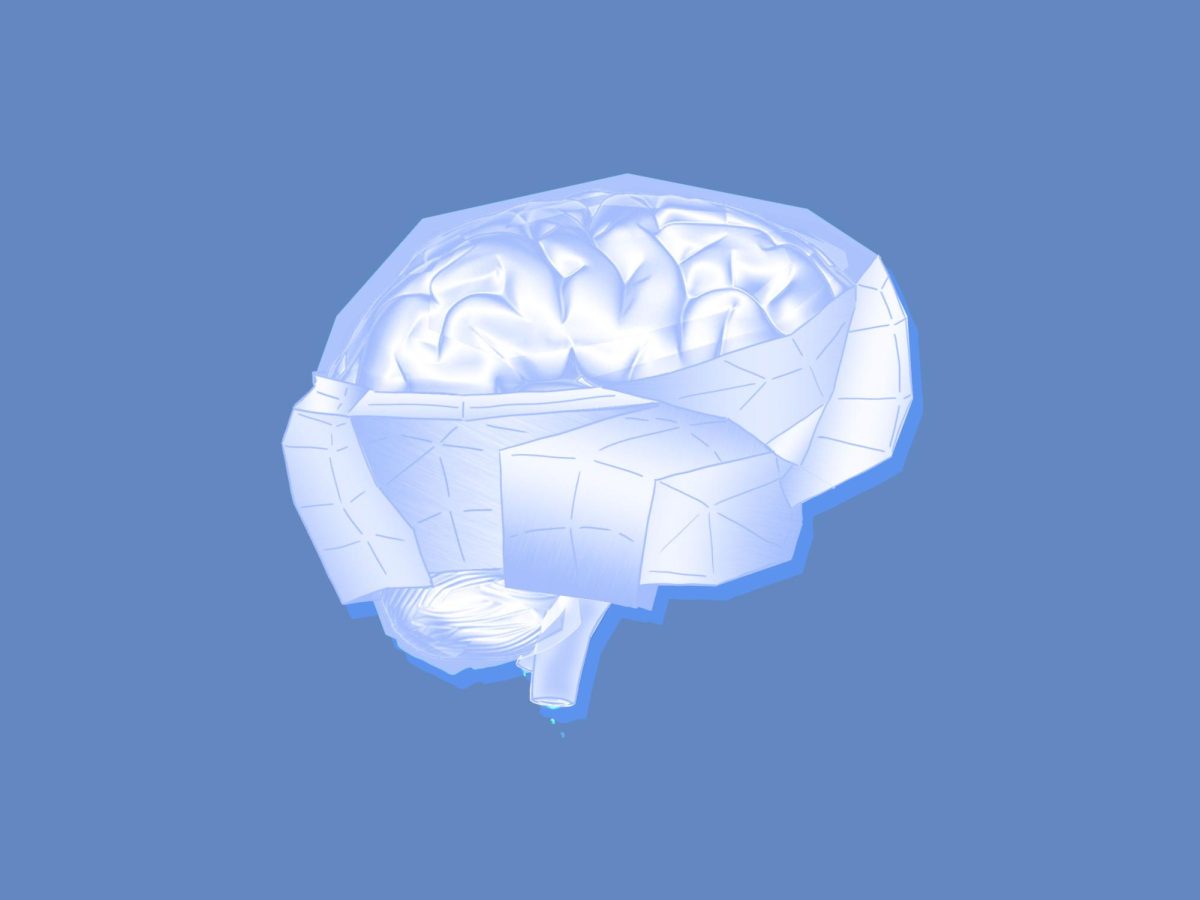A new study published in Nature found that 56% of the global surface ocean, mainly near the equator, has shifted in color in the past two decades. The study found that the blue ocean water has been turning greener in recent years.
The ocean gets its color from interactions between sunlight and the phytoplankton, mineral particles and dissolved organic matter that constitutes water, according to NASA.
Although the ocean appears blue, it is actually a mixture of blue, green and red wavelengths.
A body of water appears greener the more phytoplankton and other water constituents there are in it. Ecosystems dependent on phytoplankton are impacted when the ocean becomes greener and water compositions rise.
“Phytoplankton are the foundation of the marine food web that sustains progressively more complex organisms, on up to krill, fish, and seabirds and marine mammals,” MIT news reported. “Phytoplankton are also a powerful muscle in the ocean’s ability to capture and store carbon dioxide.”
The trends in ocean color were detected using time-series data from the Moderate Resolution Imaging Spectroradiometer record over the time period of July 2002 to June 2022. Researchers noticed that there were frequent increases in remote-sensing reflectance, wavelengths and Rrs — Rrs is a measurement for the color of the ocean.
“The changes in Rrs that we have identified have potential implications both for the role of plankton in marine biogeochemical cycles and thus ocean carbon storage, and for plankton consumption by higher trophic levels and thus fisheries,” the Nature study explained.
The greening of the ocean is caused from ecosystem shifts like an increase in zooplankton — dissolved colored material or in detrital particles — which increases backscattering at all wavelengths and absorption at shorter wavelengths.
The study’s researchers suggested that drivers like the mixed-layer depth and upper-ocean stratification were to blame, because they are expected to change with the climate.
The change in color impacts the phytoplankton community structure and biomass through the water constituents and changes in light availability entering the ocean. This color change can severely impact the environment because of its influence on food webs, biogeochemical cycles and marine biodiversity.
The study recommended that ocean conservation groups — especially those who have knowledge over the surface-ocean microbial ecosystem — identify and push for regions of the open ocean to be protected under the United Nations high seas treaty.
Reducing the impact that humans and technology have on the environment can help restore the ocean’s color.
The Natural Resource Defense Council suggested ending the usage of fossil fuels and replacing coal, oil and gas with renewable energy sources. Additionally, it recommended using sustainable transportation and buildings.
“We must limit industrial impacts on our public lands and waters, continue to protect natural landscapes, support the creation of marine protected areas, uphold bedrock environmental laws, and follow the lead of Indigenous Peoples, many of whom have been faithfully and sustainably stewarding lands and waters for millennia,” the NRDC stated.








